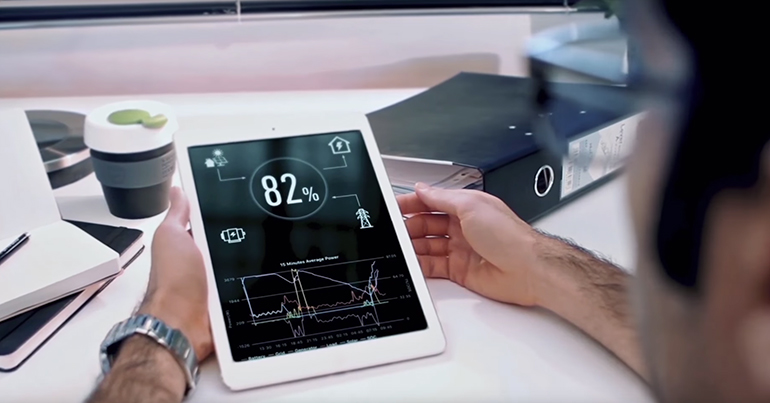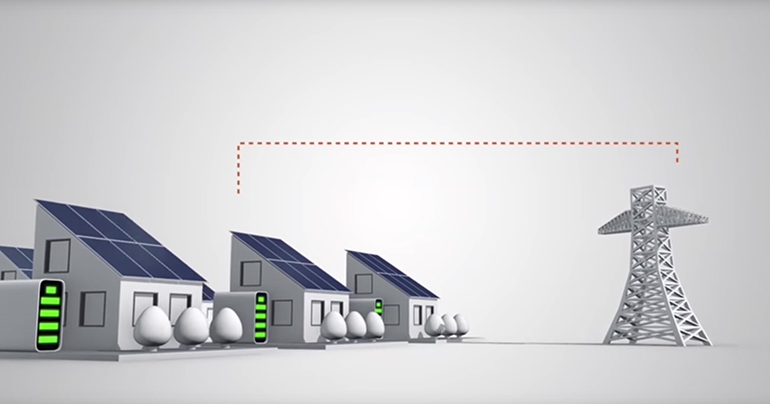Eloncity, a Singapore-based renewable energy project powered by blockchain technology, has its sights set on providing affordable clean energy to underserved communities – and has just raised $20 million in support of its cause

The renewable energy industry is growing, but there are still a few challenges standing in its way, according to Eloncity project’s founder, Andy Li.
Renewables, such as solar and wind power, are often only able to be harnessed during short windows of time throughout the day. Energy is typically difficult to store for long periods, and renewable energy isn’t always cheaper than that produced by non-renewables such as coal and oil.
These are the challenges that the AI Grid Foundation, a Singapore-based nonprofit organisation founded by Li in April this year, has been trying to address with the launch of its new Eloncity project. The Eloncity model combines microgrid technologies and blockchain protocols to store, distribute and lower the cost of renewable energies for communities around the world.
“Low-income families and many middle-income families lack the financial means to benefit from the current renewable energy transformation,” said Li. “However, if these families collaborated in the sharing of their individual distributed energy resources, they would be able to access locally-produced clean electricity to fulfill their energy needs.”
[InspireAsean2018]
The vision is to see each Eloncity community produce renewable energy locally, harness its power in a networked battery system, and distribute it using a blockchain smart contract platform, explained Li. A community utilising the Eloncity model, then, would be completely self-sufficient: solar panels and small wind turbines would produce energy that would then be stored and then distributed to affordably meet “100% of every household’s needs”.
While several startups have adopted similar microgrid concepts, which rely on locally producing and distributing renewable energy, Eloncity stands out in its use of blockchain technology.

Its blockchain-based exchange system, which calculates fair transaction prices as energy is exchanged in real time, allows participating community members to buy and sell energy stored on their community’s microgrid at a fair price, Li said.
“The blockchain platform enables the Eloncity community to establish an auditable record for tracking the sources of electricity generation within the community,” explained Li. “The auditable tracking of electricity generation sources is critical for valuation of electricity based on generation sources, and also monitors the community’s progress toward de-carbonisation.”
Using this technology, combined with advanced battery storage and energy-efficient distribution systems, the Eloncity project aims to maximise the potential of microgrid communities to produce and share renewable energy.
[manual_related_posts]
In its initial round of fundraising, the Eloncity project announced in mid-September that it had raised a whopping $20m to expand and begin pilot testing its model. Li’s goal is to use this funding to establish pilot sites across the globe that he hopes will become completely energy-independent within two years’ time.
“Our initial efforts will be focused on the underserved communities that often get left behind,” said Li. “Our project is fundamentally about making communities self-sufficient and unlocking their capacities for future development… only once this is achieved can we realise a sustainable future.”
Blockchain technology
Can it unlock the potential of renewable energy?
Eloncity, a Singapore-based renewable energy project powered by blockchain technology, has its sights set on providing affordable clean energy to underserved communities – and has just raised $20 million in support of its cause

